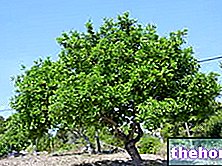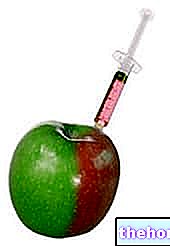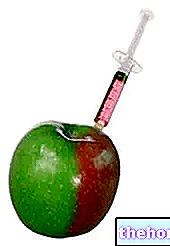E161b LUTEIN
Lutein is the most common xanthine in nature. Its structure is very similar to that of β-carotene, but with two hydroxyl groups at the ends.
The flowers Tagetes erecta they are the main source of lutein and are widely cultivated in Africa, Asia and Oceania.
Lutein, therefore, is a dye of natural origin, yellow-orange in color.
The xanthophylls present in higher concentrations in the human body and in the plasma are lutein and zeaxanthin, which also represent the major constituents of the spotted pigment of the human retina, where they protect from ultraviolet rays.
Recent studies have shown that lutein can have positive effects on cholesterol present in plasma, and can also limit the onset of some types of cancer.
Lutein can be used in the following products: cheeses, confectionery products, mustard, alcoholic and non-alcoholic drinks, flavored wines, fruit jams and preserves, decorations and coatings, fish pastes, crustaceans, salmon substitutes, fish eggs, fish smoked and meat and fish substitutes based on vegetable proteins.

Currently, lutein does not appear to be a harmful dye for human health.
ADI DOSE: /


-feofitina-di-rame---e141-(ii)-sali-di-sodio-o-potassio-dei-complessi-della-clorofilla-con-rame.jpg)


























